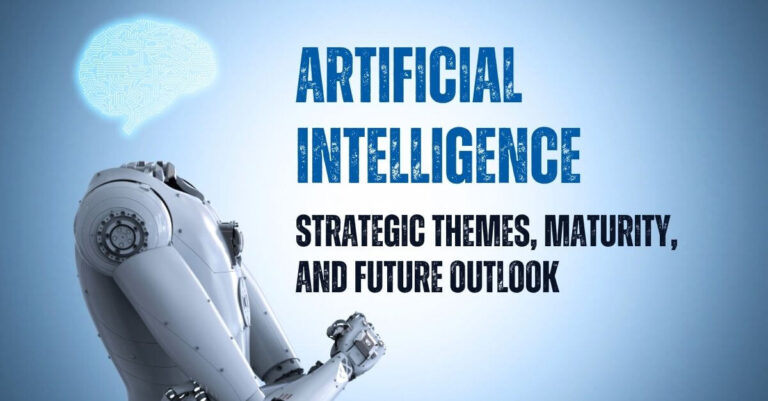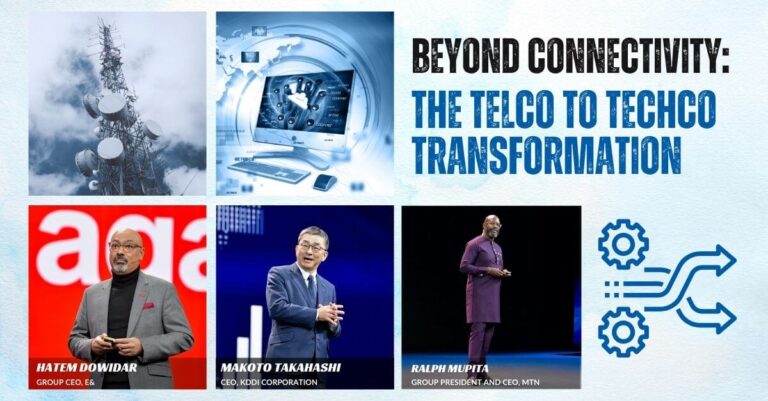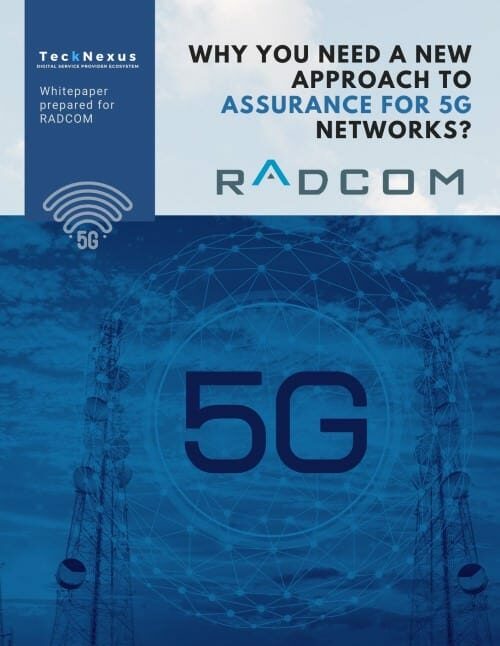Fiber Optic Cables: Enabling the Future of Telco GenAI Network Operations
The telecommunications industry stands on the brink of a transformative era, driven by the convergence of Generative Artificial Intelligence (GenAI) and robust fiber optic networks. This synergy is set to revolutionize network operations, making high-speed, low-latency data transmission essential to support sophisticated AI models.
Why Are Fiber Optic Networks Essential for GenAI?
GenAI models, such as large language models (LLMs), require vast amounts of data for training and operation. These models excel in processing unstructured data like natural language, images, and videos, making them invaluable for network optimization, customer service, and predictive maintenance. The data-intensive nature of GenAI places immense demands on existing networks, necessitating an expansion of fiber optic infrastructure to provide the needed bandwidth and low latency.
A global study highlighted that 99% of telecom professionals view upgrading fiber optic networks as crucial to handling the growing AI traffic. Industry leaders like Corning predict a fivefold increase in fiber demand within data centers to support AI workloads. Fiber optic cables offer the high-speed, low-latency connectivity required for real-time data transfer and processing, ensuring GenAI models operate at peak efficiency.
How Are Fiber Optic and GenAI Transforming Network Operations?
The integration of GenAI and fiber optic networks promises to streamline network operations for Communication Service Providers (CSPs). LLMs and domain-specific AI can simplify complex processes such as root cause analysis, network optimization, and customer support. These AI models can analyze vast amounts of structured and unstructured data from multiple sources, providing actionable insights and recommendations in minutes rather than days.
Moreover, the synergy between GenAI and fiber optic networks enables higher levels of network autonomy, a key industry goal. Traditional AI techniques, enhanced by GenAI’s reasoning capabilities, can drive autonomous decision-making and self-healing networks, reducing operational costs and improving service quality.
How Do Fiber Optic Networks Enhance AI in Telecom?
Introducing GenAI to telco AI strategies will be a game-changer, expanding the horizon of traditional AI capabilities. GenAI accelerates knowledge discovery and content generation and can be applied to tasks like alarm intelligence, ticket resolution, network security, network planning, and service management automation. Traditional AI effectively handles structured data, while GenAI excels in extracting knowledge from unstructured data, primarily natural language with multimodal enhancements.
GenAI enhances autonomous decision-making with assistive reasoning, bringing Level 4 and Level 5 autonomous operations closer to reality for CSPs. Achieving Level 5, the ultimate goal, will require the complementary strengths of traditional AI and GenAI.
Table: Impact Metrics of GenAI and Fiber Optic Networks
| Metric | Value |
|---|---|
| Reduction in knowledge acquisition time | 80% |
| Increase in data analysis efficiency | 72% |
| Annual savings in network operations | 6.5 million Euros |
| Anticipated increase in fiber demand within data centers | 5x |
| Improvement in network operational efficiency (expected) | 40% |
| Confidence in monetizing AI traffic across networks | 85% |
| Expected growth in data center capex by 2023 | 6% |
Source: Nokia, Ciena commissioned Censuswide Research, Dell’Oro Group, Corning
What Strategic Investments and Workforce Changes Are Needed for Telco AI?
As the telecom industry embraces GenAI and fiber optic networks, strategic investments in infrastructure and expertise are paramount. CSPs are exploring various deployment models, including private and public clouds, and partnerships with technology providers to harness GenAI’s full potential. Additionally, there is an anticipated surge in job creation in fields like cybersecurity, machine learning, and programming to support the development and deployment of AI services.
The shift towards becoming “tech-cos” rather than mere connectivity providers is evident. Companies like SK Telecom and TELUS are transforming their operations by integrating AI solutions into their service offerings. AWS highlights that generative AI can enhance customer experience, simplify network operations, and optimize business performance by identifying revenue leakage and providing real-time insights.
What Are the Real-World Impacts of Fiber Optic and GenAI Integration?
Nokia’s partnership with a leading APAC CSP in 2022 showcased GenAI’s potential. This collaboration aimed to overcome challenges such as siloed domain knowledge and inefficient DevOps cycles. The project resulted in an 80% reduction in knowledge acquisition time, a 72% increase in data analysis efficiency, and annual savings of 6.5 million Euros in network operations. These achievements created a blueprint for large-scale automation using GenAI, further exploring areas like automatic generation of network design configurations and optimization recommendations.
How Can We Address Challenges in GenAI Implementation?
While the benefits of GenAI are exciting, addressing the risks and limitations is crucial. Ensuring robust and reliable responses is essential to avoid negative effects. Infusing relevant knowledge into foundational models and employing prompt engineering and fine-tuning techniques for accuracy and consistency are key to achieving optimal results.
Nokia’s approach involves building telco-specific data vectorization, fine-tuning, and prompt engineering, focusing on key anchor projects internally and with customers. By combining open and closed-source systems, Nokia aims to deliver successful GenAI outcomes in the telecom vertical.
What are the benefits and insights of the AI-driven network?
A global study commissioned by Ciena sheds light on CSPs’ growing optimism toward AI. More than half of telecom and IT engineers surveyed believe AI will improve network operational efficiency by 40% or more. Additionally, 85% of respondents express confidence in CSPs’ ability to monetize AI traffic across networks.
The study highlights several strategies believed to improve network performance, including upgrading networks with new traffic and network analysis software, upgrading switches and routers, and investing in 800G technology. The critical role of cloud in supporting AI across networks is also emphasized, with CSPs favoring private cloud deployment for AI services over public and hybrid cloud models.
How Are Data Centers Preparing for AI Demands?
Data centers are pivotal in supporting the AI revolution, and fiber optic networks are essential to meet the demands of AI. Corning anticipates a significant increase in fiber-rich interconnects within data centers to accommodate large language models. Innovations such as thinner fibers and advanced installation solutions are being explored to address space and power constraints in existing data centers.
The data center market is expected to grow, with substantial investments in servers, storage systems, networking equipment, and other supporting infrastructure. AI’s impact on data center capex is significant, with accelerated server infrastructure driving increased investment.
Conclusion
The convergence of GenAI and fiber optic networks is poised to reshape the telecommunications landscape, driving innovation, efficiency, and autonomy in network operations. As CSPs navigate this transformative era, strategic investments in fiber optic infrastructure and GenAI expertise will be crucial to unlocking these technologies’ full potential and delivering superior customer experiences. The future of telecommunications hinges on this powerful synergy, setting the stage for unprecedented advancements in network management and service delivery.




















